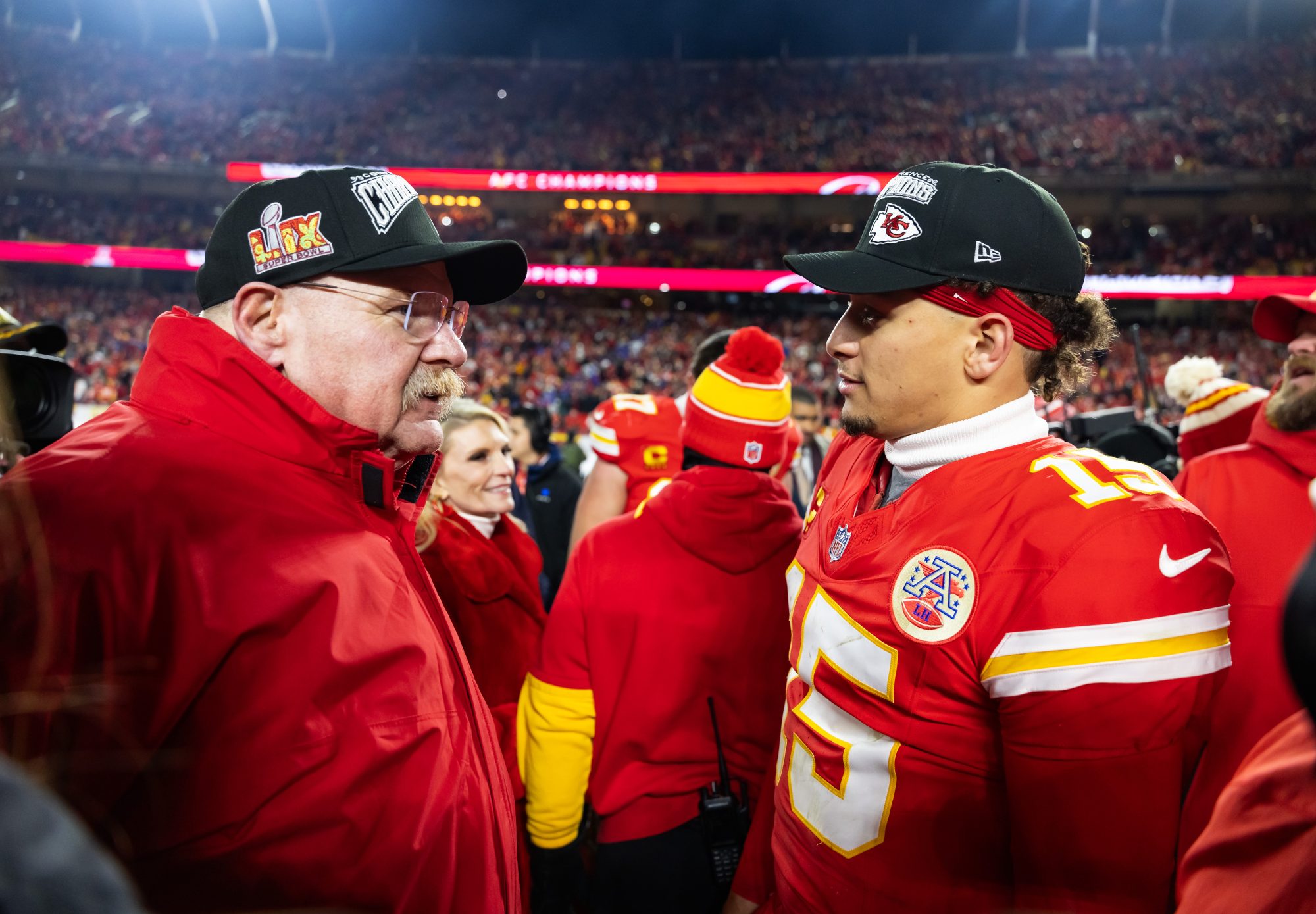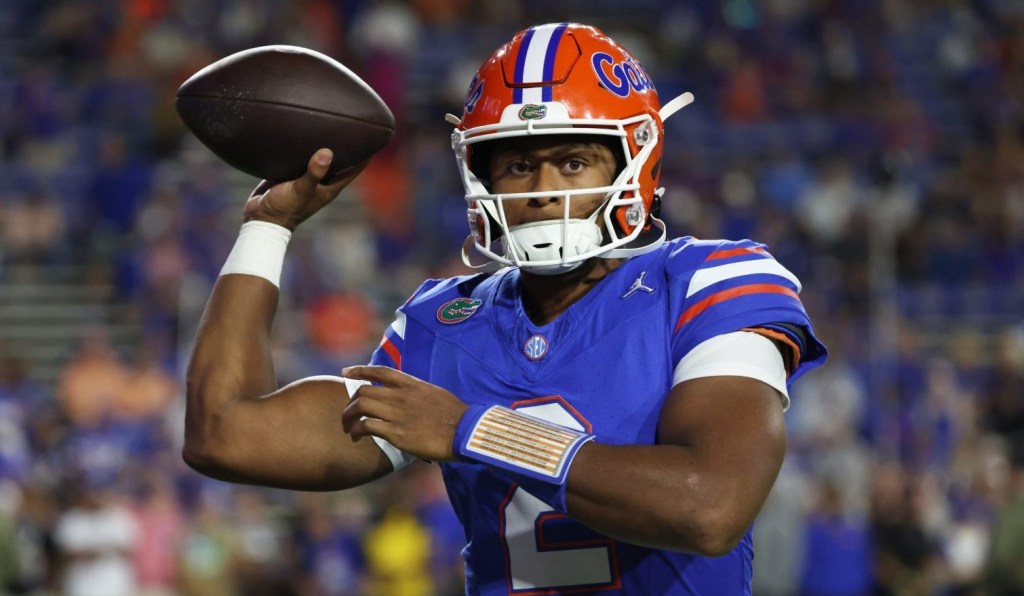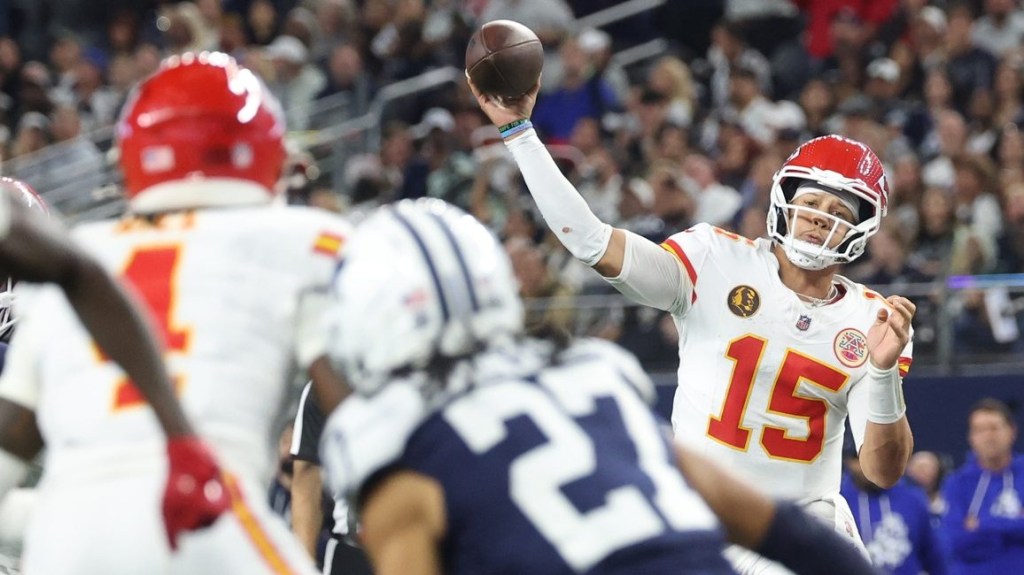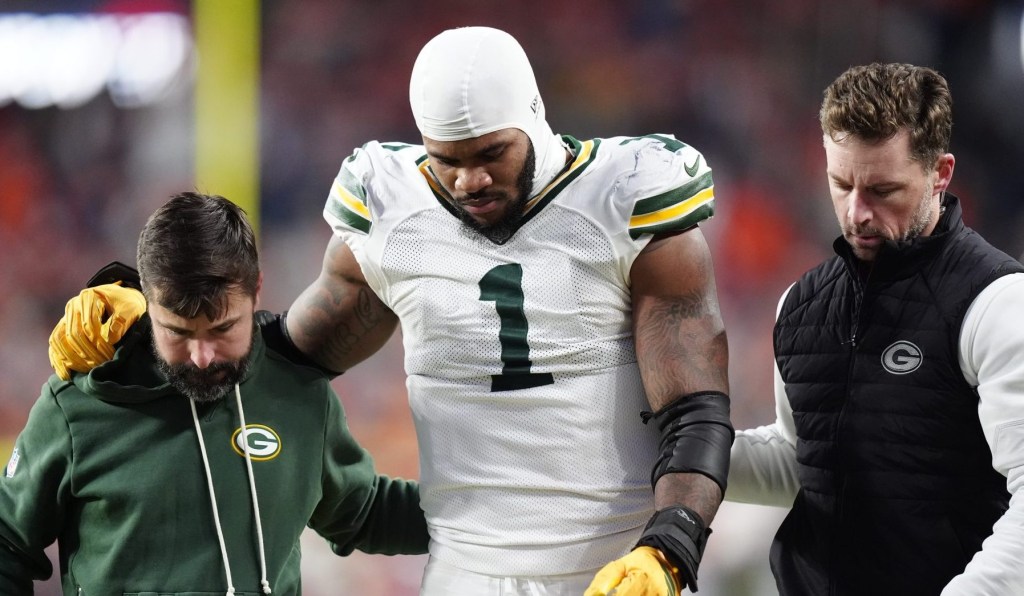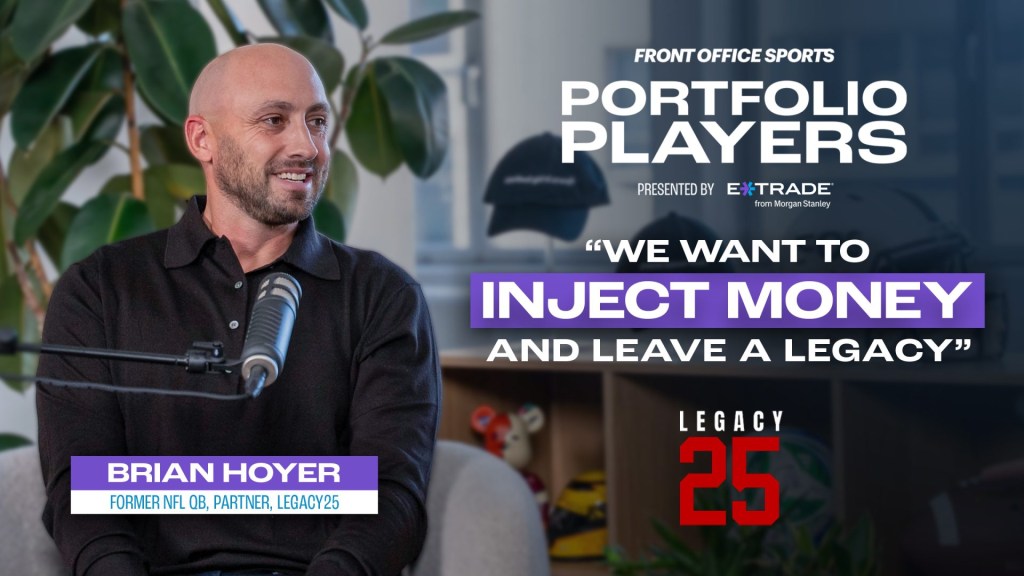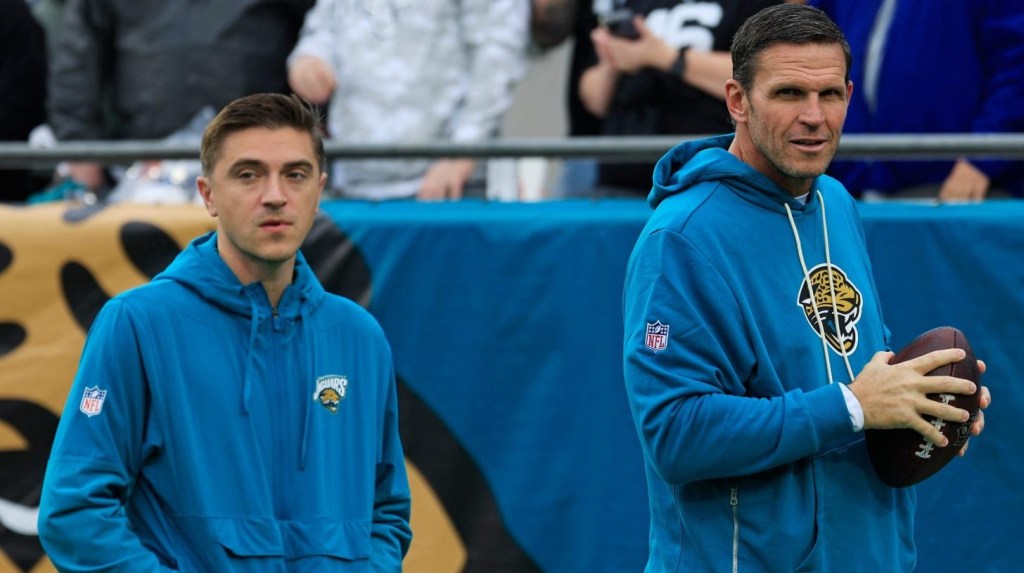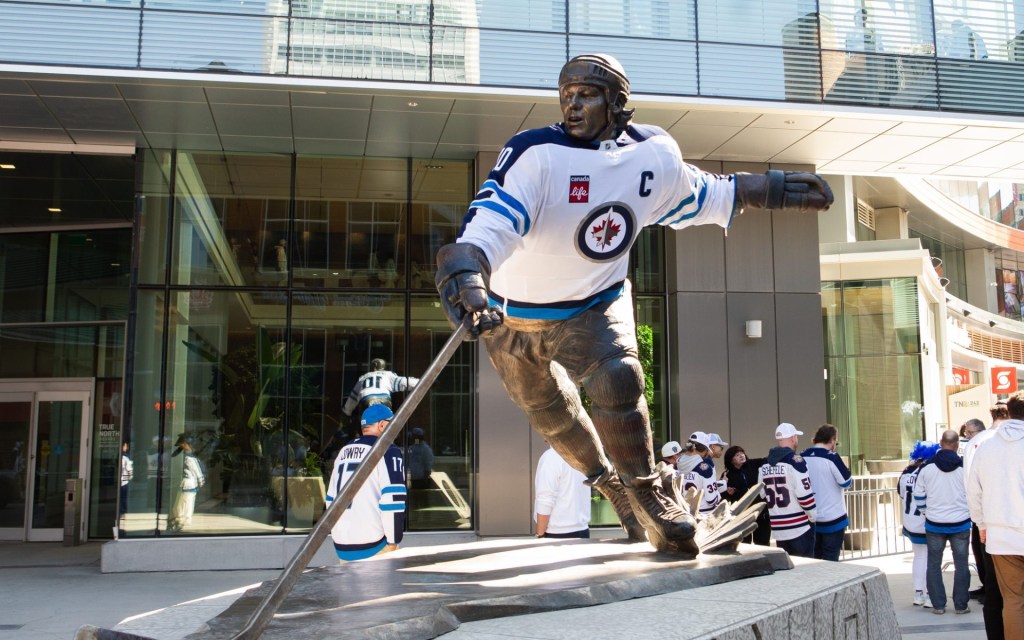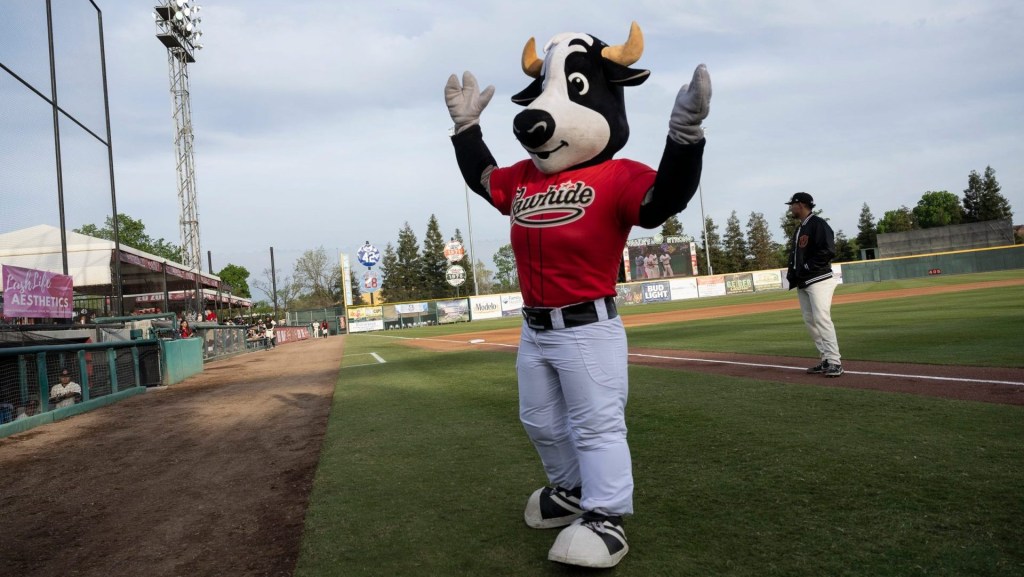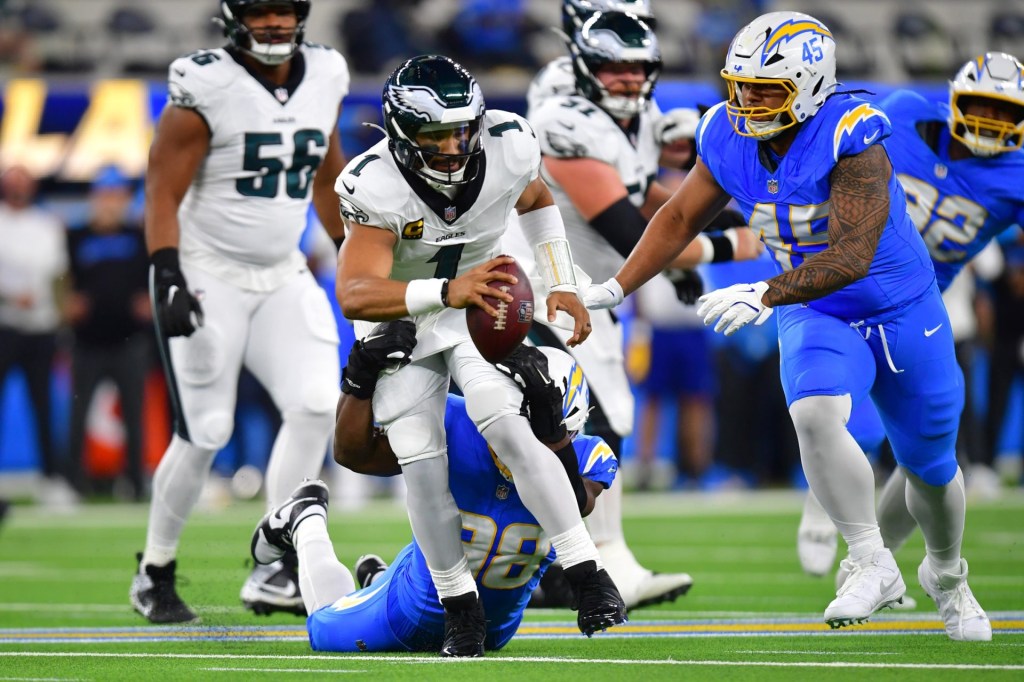While it might seem like the current Chiefs team, led by star quarterback Patrick Mahomes and head coach Andy Reid, has been ruling the NFL forever, it still wasn’t that long ago that Kansas City was just an average franchise in the league, or even one of its worst.
The last 10 seasons of Chiefs football have certainly been a historic dynasty, one that has included three Super Bowl titles, a fourth AFC title, playoff trips every year, and now, a bid for an unprecedented third straight championship in the Super Bowl era.
Through that period, Kansas City has not only become a winner on the field, but also more than quadrupled its estimated value to $4.85 billion, asserted itself as the most popular NFL team among U.S. television viewers, and become a fixture for corporate America frequently turning to figures such as Mahomes, Reid, and tight end Travis Kelce for endorsements.
More broadly, the Chiefs have rapidly become a prominent league brand, akin to NFL mainstays such as the Cowboys and Patriots, with Kansas City owner Clark Hunt seeking to become a more visible owner along the lines of Jerry Jones in Dallas and Robert Kraft in New England, leaders of two of the league’s three most valuable franchises.
“Clark sees what Jerry’s doing, what Robert’s doing,” Chiefs president Mark Donovan said this week in New Orleans, the site of Super Bowl LIX. “The challenge for us is, like, how do we do that?”
Less than 13 years ago, such lofty aspirations were nowhere to be found within the Chiefs organization. In 2012, the team finished 2–14, tied with the Jaguars for worst in the NFL. That was actually the second two-win season in five years for the Chiefs, who burned through three different head coaches over five years before hiring Reid in early 2013. (The 2012 campaign included real tragedy as well, when former linebacker Jovan Belcher killed his girlfriend before dying of suicide, partly taking place at the Chiefs’ training facility.)
Soon after Reid’s arrival, though, an entirely different era began to emerge. The head coach insists maintaining a relentless focus on fundamentals and minimizing distractions has been paramount throughout the run of success since.
“You can’t get too far from what’s real,” he said.

Beyond the 2013 arrival of Reid, now the highest-paid coach in U.S. sports, a key element in the Chiefs’ ongoing success is the continued reworking of Mahomes’s contract once he established himself as a superstar. The quarterback signed in 2020 a 10-year extension worth up to $503 million, then the largest player contract in U.S. sports history.
Since then, however, the 29-year-old has restructured his contract twice to help give the Chiefs salary-cap relief and use that room to pursue other talent. Now, he’s not even on the current top-10 list of the NFL’s highest-paid quarterbacks. Given that Mahomes is already one of the most successful postseason quarterbacks in league history, and is pacing well ahead of Tom Brady at a similar career stage, his average annual salary of $45 million represents a massive bargain for Kansas City.
Mahomes, however, has repeatedly insisted he’s not underpaid, and said he is content with his financial status.
“The most important thing is winning,” he said. “It’s not about your stats, or how it looks, but winning football games.”
Despite the escalation in the Chiefs’ business, the team is still just 24th in estimated NFL franchise value. Some of that relates to Kansas City’s 33rd-ranked media market size, according to Nielsen.
A key element, however, relates to its stadium, as Hunt, Donovan, and other franchise leaders plot a successor facility to the 52-year-old, publicly owned Arrowhead Stadium.
The facility has been renovated multiple times, most recently in 2010. Another major round of work, however, was sharply rejected last year by Jackson County, Mo., voters. Since then, the Chiefs have considered new proposals for an Arrowhead renovation plan, as well as several potential sites for new facilities in both Missouri and Kansas. No final decisions have been made, but regardless, settling on a plan for a next-generation facility is very high on the Chiefs’ to-do list.
“We’re going to have to make a decision on that in the fairly near future, just because we’re now down to six years left on our [Arrowhead] lease,” Hunt said.
